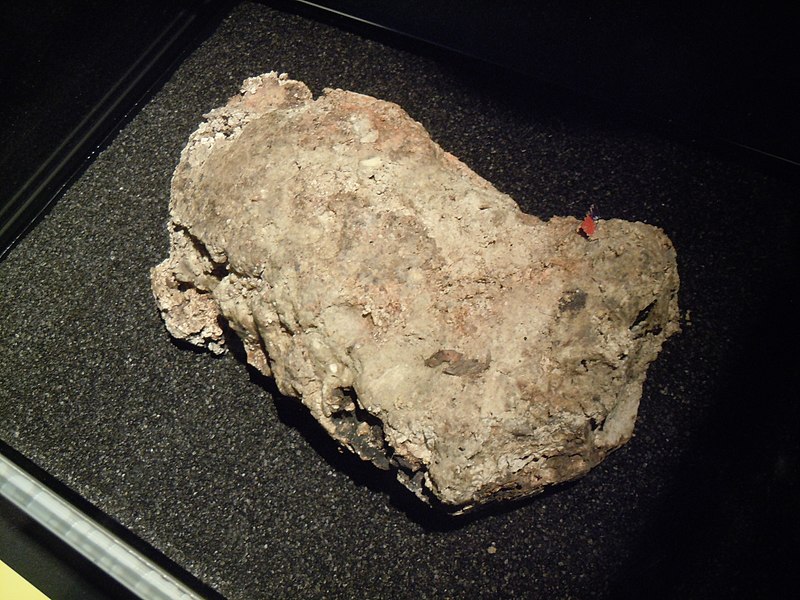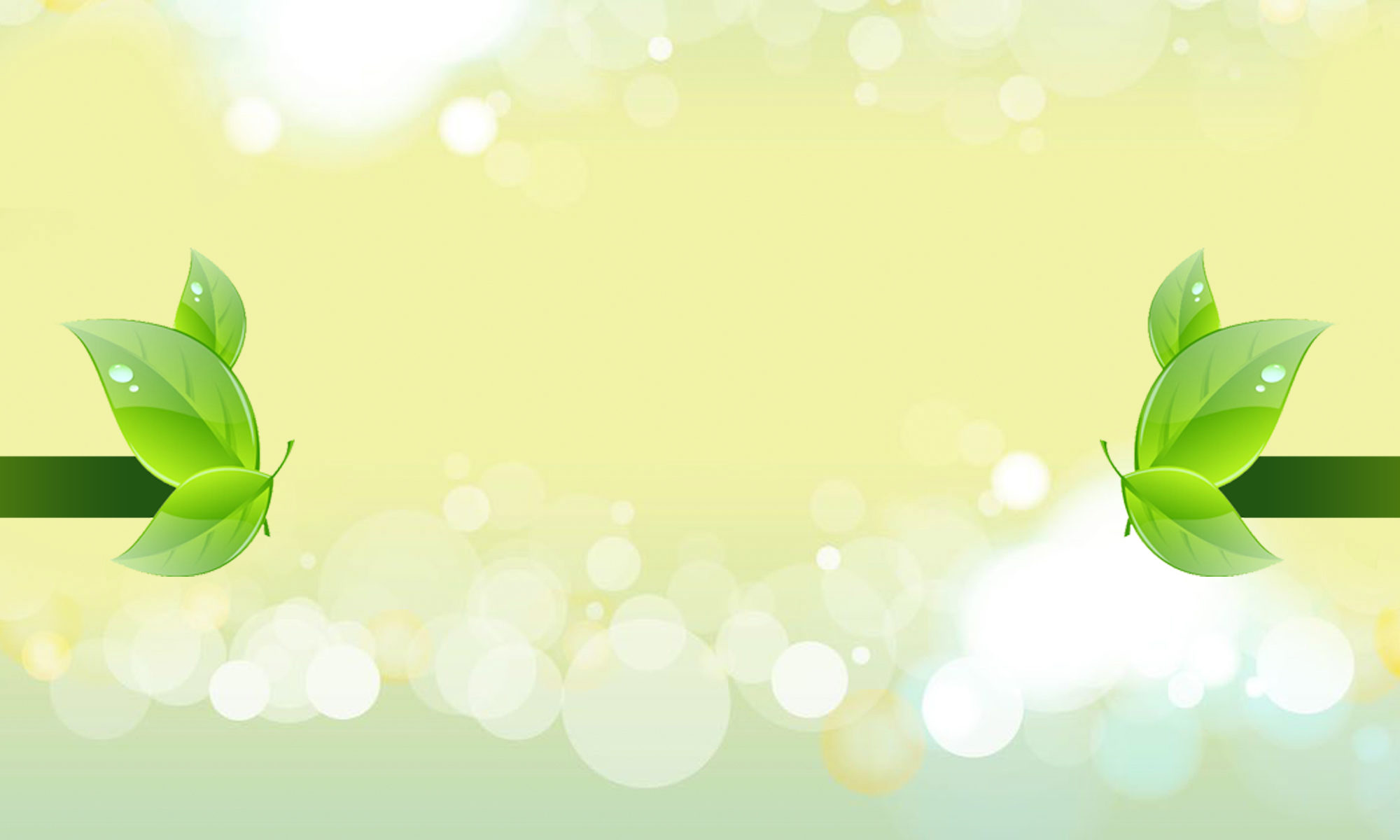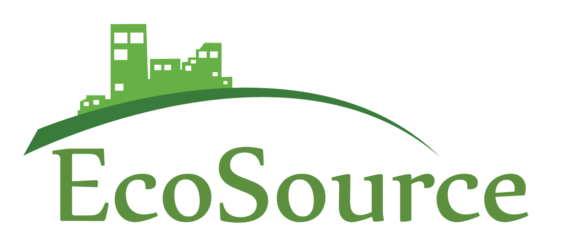
What happens to all of that stuff that gets flushed down the toilet? If you own a septic system, you know that it goes into the septic tank, which then has to eventually get pumped. If you don’t own a septic system, you may believe that your waste travels through the plumbing and out of your life forever. Unfortunately, sewer waste can actually come back to haunt us in the form of fatbergs.
What is a fatberg?
The term “fatberg” was coined in 2015 and is a play on the word iceberg, only instead of ice, it’s made of fat. A fatberg is a congealed mass of non-biodegradeable waste that collects and forms in sewer systems. Usually this mass doesn’t contain fecal matter or toilet paper, but it does contain things like wet wipes, cooking fat, sanitary napkins, condoms, cotton balls and cotton swabs, and more. Fatbergs can be colossal, and can clog entire sewer systems, causing overflows in sewer systems, and they are as hard or harder than rocks.
One of the largest fatbergs ever found was discovered in 2017 in London and was over 850 feet long and weighed over 143 tons. That’s almost the size of the largest blue whale ever known to exist, which was 190 tons!
What happens then?
If a fatberg clogs up in a city’s sewer system, there’s only one thing that can be done to fix it, and that is to have the fatberg removed. Often this means they need to be broken up by humans with shovels, pickaxes, and high pressured jets and carried out, as most machinery can’t fit inside of tight sewer spaces. On top of all of that, the fatberg releases dangerous gases which can be harmful to the people around them. This removal effort can cost the city — and by extension you, the taxpayer — hundreds of thousands of dollars to have removed.
How do I stop adding to a fatberg?
The biggest thing to preventing adding to a fatberg is preventing dumping non-biodegradable things down sink drains and toilets. You should never flush wet wipes (despite how they say they are biodegradable, they are not), tampons, sanitary napkins, cotton balls or swabs, condoms, or other non-biodegradable items. Additionally, you should never dump cooking fat or oil down your sink’s drain. Instead wait for them to solidify and scrape them into the trash, or pour them into their own container that can then be disposed of with the trash.
Is there any good news about fatbergs?
Luckily there is some good news about fatbergs. Most of the time, fatbergs can be used as biodiesel — that is, a type of renewable fuel source that burns cleanly. While we can’t condone creating fatbergs for the possibility of biodiesel, we’re grateful that these symptoms of wasteful flushing could be turned into a renewable energy source!


